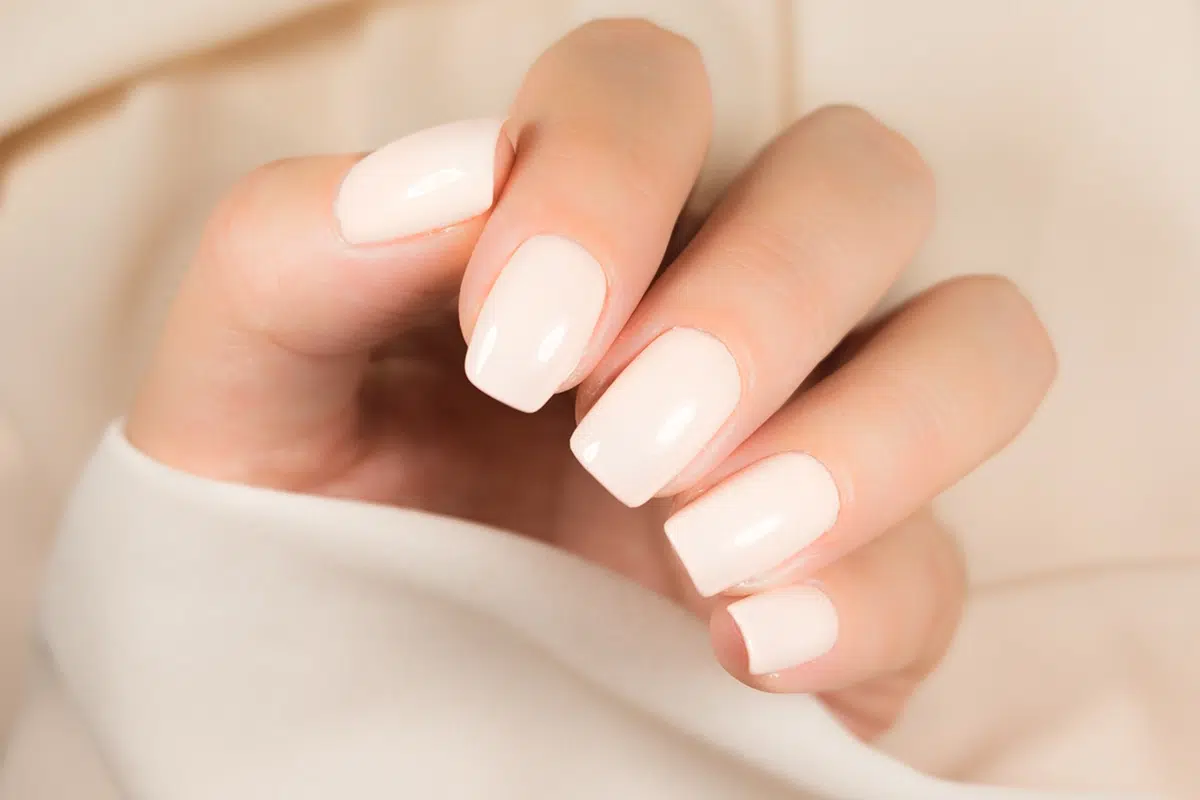If you have sensitive skin, you may be cautious about beauty treatments—and rightfully so. Redness, itching, rashes, or allergic reactions are real concerns when exposing delicate skin to unfamiliar products and tools. But does that mean you should avoid manicures and pedicures altogether? Not necessarily.
With the right precautions, salons, and products, these treatments can be not only safe but soothing for sensitive skin.
Understanding Sensitive Skin Reactions
What Makes Skin Sensitive?
Sensitive skin may overreact to certain chemicals, fragrances, or even friction. Common triggers include acetone, alcohol-based sanitizers, synthetic dyes, and rough exfoliation. People with eczema, psoriasis, or contact dermatitis are especially prone to flare-ups from salon products.
Signs of Sensitivity
Typical symptoms after a manicure or pedicure include:
- Redness or blotchy patches
- Itchy or inflamed cuticles
- Dry, peeling skin around the nails
- Small bumps or allergic rashes
Recognizing these symptoms early allows you to take preventive steps for future appointments.
Choosing the Right Salon and Services
Look for Gentle, Hypoallergenic Products
Before booking your appointment, inquire if the salon offers sensitive-skin alternatives. Look for fragrance-free lotions, acetone-free polish removers, and formaldehyde-free polishes.
Focus on Clean Tools and Techniques
Proper hygiene is non-negotiable for sensitive skin. Choose a salon that sterilizes tools between uses and offers single-use files, buffers, and liners for footbaths. This reduces the risk of irritation and infection.
Avoid Harsh Exfoliation or Cuticle Cutting
Gentle exfoliation is okay, but aggressive scrubbing or cutting cuticles can lead to open wounds or inflammation. Instead, ask for cuticle pushing and moisturizing rather than trimming.
Many clients with skin sensitivities opt for customized services like Salon Deauville manicures and pedicures, where professionals are trained to adjust treatments based on each client’s skin condition and preferences.
Tips for Safe and Soothing Nail Treatments
Communicate With Your Technician
Don’t hesitate to mention your sensitive skin. A good technician will adapt the service to minimize risk—this might mean skipping scented lotions, adjusting massage pressure, or using your own products.
Do a Patch Test for New Products
If you’re trying a new polish, lotion, or treatment, ask for a patch test. Apply a small amount to the inside of your wrist or behind the ear and wait 24 hours to see if any irritation develops.
Bring Your Own Supplies
Some salons welcome clients to bring their own tools or polish. Using products you’ve tested and trust is a smart move when dealing with sensitivity.
Aftercare at Home
Moisturize and Soothe
Use a rich, fragrance-free hand or foot cream after your treatment. Ingredients like shea butter, aloe vera, or colloidal oatmeal can calm skin and prevent dryness.
Monitor for Reactions
Pay close attention to your skin in the 24–48 hours following your appointment. If irritation occurs, use cool compresses and a mild hydrocortisone cream if needed. Consult a dermatologist for persistent issues.
Give Your Skin a Break Between Appointments
Spacing out your manicures and pedicures gives your skin time to recover. Aim for appointments every 3–4 weeks, especially if you’ve experienced previous irritation.
Conclusion
Manicures and pedicures can be perfectly safe—even enjoyable—for people with sensitive skin when approached with care. The key lies in choosing the right salon, being open with your technician, and paying attention to product ingredients and techniques. With a few thoughtful adjustments, you can pamper your hands and feet without compromising your skin’s health.



